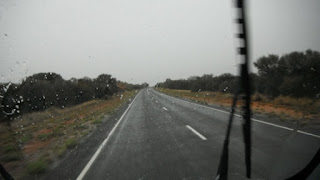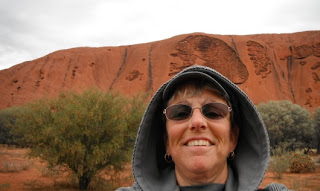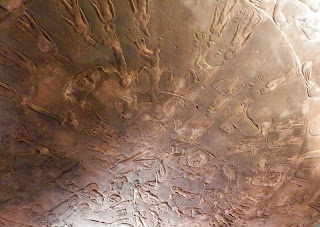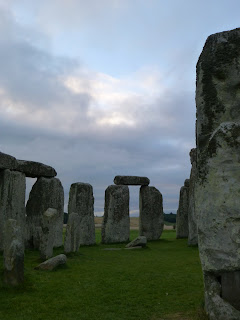Uluru (Ayers Rock) by Rev. Dr. Roxie Hart
Here's another guest blog I'm sharing, from my friend Rev. Dr. Roxie Hart, founding minister of the Shiloh Spiritual Center in San Diego, who went on a trip to Australia on her own traveling in an RV. To be in solitude at Uluru must have been amazing.
Uluru (Ayers Rock) Sacred Aboriginal Site
Red
Center of Australia
By
Rev. Dr. Roxie Hart, 2011
 |
| Uluru |
Uluru is a remote, and
now protected, National Park in Australia.
Called Ayers Rock by white settlers in the early colonization period, it
was given back to the local tribe and officially returned to its Aboriginal
name. It is jointly managed by the
indigenous peoples of the area along with the park rangers. Their partnering efforts focus on sharing
ancient natural practices and modern land management techniques to preserve the
site for future generations.
 |
| The Highway |
This
famous “rock” is approximately 150 miles west of the only highway that runs North-South,
the entire 2,500 miles of the Australian continent. The road is narrow but paved with just one
outpost (gas stop) along the way until you arrive at the tourist community of
Ayers Rock, built specifically to accommodate visitors.
Otherwise, there are no permanent communities.
Beyond Uluru, across the other half of the continent, the roads are dirt, the
land very sparsely populated and quite dangerous in its isolation. All of the interior of Australia is the
“outback”, but the western half could be called the outback’s “outback.”
 |
| Uluru |
The Aborigines traveled
throughout the continent—as large as the continental United States—for tens of thousands
of years, but built no permanent encampment or village at Uluru because there
is little water in this part of the driest land mass on planet Earth.
 |
| Uluru After Rains |
Though I did not see
the blessing at the time, I was very fortunate to experience a rainstorm during
the long drive to Uluru which resulted in the muddy/messy campground awaiting
me, followed by a stormy night that rocked my RV and kept me huddled in my
sleeping bag, only to awaken to a very damp and cold morning.
What initially seemed like a huge
inconvenience and potential end
of my exploration of the “rock” proved to be a huge blessing because it rains
so infrequently at the Red Center that very few people have ever witnessed the
waterfalls that come off the huge rock and the pools that form for a few weeks
afterwards before drying up again. The rapid
appearance of tadpoles and blossoming of plants is tantamount to watching time-lapse photography. Within a day, what was dormant, thrives in and
around the formed pools.
 |
| Cave Formations |
I
wandered with a 4-hour ranger’s tour that loaded my brain with the marvels of the
flora/fauna nature of the area and the Aborigine’s spiritual connection to the
rock formations and sacred caves throughout. Some caves were exclusively men’s
space and other caves were for the women and children. Rituals and rites of
passage were performed within these natural dwelling places. (Some sites visible
from the path were marked as “no
photography allowed” because of their sacredness, however, where one
section ended and another began was not clear to me and I may have violated the
sacred demand. If I did—I offer my
sincere apologies.)
 |
| Roxie at Uluru |
Another
amazing blessing resulting from the rainy weather was that many tourists were
deterred from walking around the base of Uluru because of the cold wind and
muddy paths. This meant that I had the
Rock experience all to myself! Though the
path was re-routed around areas too muddy to traverse, making it a considerably
longer walk than the normal 7.5 miles, it was still an easy trek because of the
crispness in the air, rather than the normal oppressive heat that I had
expected to find there.
What was most
amazing during that adventure was the extreme aloneness I felt—the silence and
isolation—and the power of the Rock that beckoned me to visually explore its
secrets.
 |
| Uluru at Sunset |
The
two days that I spent at Uluru infused me with a sense of the profound relationship
the native peoples have with Mother Earth. They intuitively understand how
everything is connected and how thriving is dependent upon the respectful cooperation
with each other, between tribes, with the sparse plant life and the variety of
animal inhabitants. Mostly, I was moved by their intense awareness of the
spiritual nature inherent in all life. Their
sense of oneness is what the rest of the spiritual community aspires to
understand.


Comments